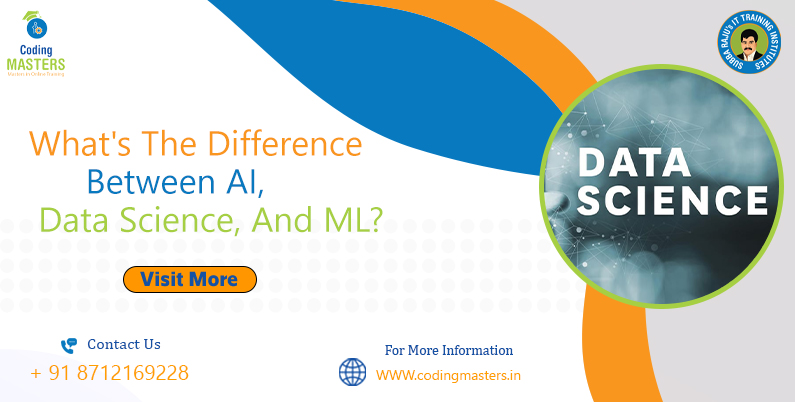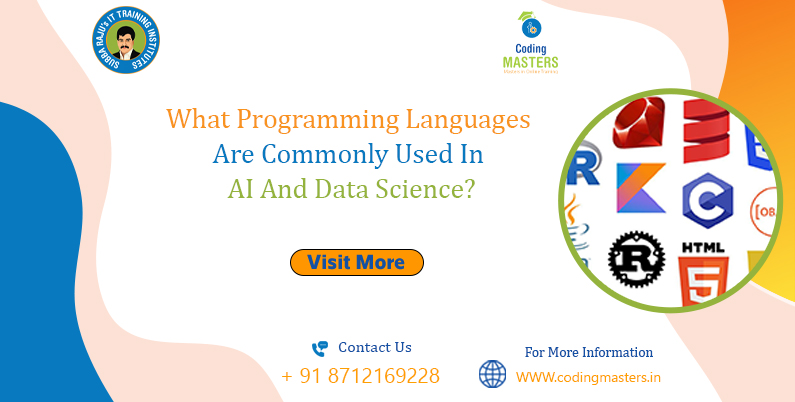What Is The Difference Between AI data science, And ML?

Understanding the Differences: AI, Data Science, and Machine Learning
In the realm of technology, terms like Artificial Intelligence (AI), Data Science, and Machine Learning (ML) are often used interchangeably, leading to confusion about their distinct roles and applications. Let’s delve into the core differences between these fields to gain a clearer understanding.
Artificial Intelligence (AI)
AI encompasses the simulation of human intelligence processes by machines, typically computer systems. It aims to mimic human cognitive functions such as learning, reasoning, problem-solving, perception, and decision-making. AI systems are designed to adapt and improve their performance over time without explicit programming.
Key Characteristics of AI:
- Machine Learning: AI systems often incorporate machine learning algorithms to analyze data, learn patterns, and make predictions or decisions.
- Natural Language Processing (NLP): AI-powered NLP enables machines to understand, interpret, and generate human language, facilitating interactions between humans and machines.
- Computer Vision: AI-driven computer vision involves algorithms that enable machines to interpret and understand visual information from images or videos.
- Robotics: AI is integral to robotics, enabling robots to perceive their environment, make decisions, and execute tasks autonomously.
Data Science
Data Science focuses on extracting knowledge and insights from structured and unstructured data. It involves various techniques, tools, and methodologies to process, analyze, visualize, and interpret data, aiming to uncover valuable patterns, trends, and correlations.
Key Components of Data Science:
- Data Collection: Gathering data from diverse sources, including databases, APIs, sensors, social media, and more.
- Data Cleaning and Preprocessing: Ensuring data quality, handling missing values, dealing with outliers, and preparing data for analysis.
- Exploratory Data Analysis (EDA): Analyzing data through statistical and visual methods to understand its characteristics and uncover initial insights.
- Machine Learning Models: Applying machine learning algorithms to build predictive models, classification systems, clustering algorithms, and recommender systems.
- Data Visualization: Presenting data insights through visualizations like charts, graphs, and dashboards to aid decision-making and communication.
Machine Learning (ML)
ML is a subset of AI focused on developing algorithms and statistical models that enable computers to learn from data and make predictions or decisions without being explicitly programmed. ML algorithms improve their performance over time as they process more data, making them crucial for various AI applications.
Types of Machine Learning:
- Supervised Learning: Involves training ML models on labeled data to predict outcomes or classify data into predefined categories.
- Unsupervised Learning: Deals with unlabelled data to discover patterns, clusters, or associations within the data.
- Reinforcement Learning: Focuses on training agents to make sequential decisions through trial and error, receiving rewards or penalties based on their actions.
Differentiating AI, Data Science, and Machine Learning
While AI is the overarching field encompassing human-like intelligence in machines, Data Science is the practice of deriving insights from data using various techniques and tools. Machine Learning, on the other hand, is a subset of AI that focuses on developing algorithms for learning from data and making predictions or decisions.
Also, Follow us on Linkedin




